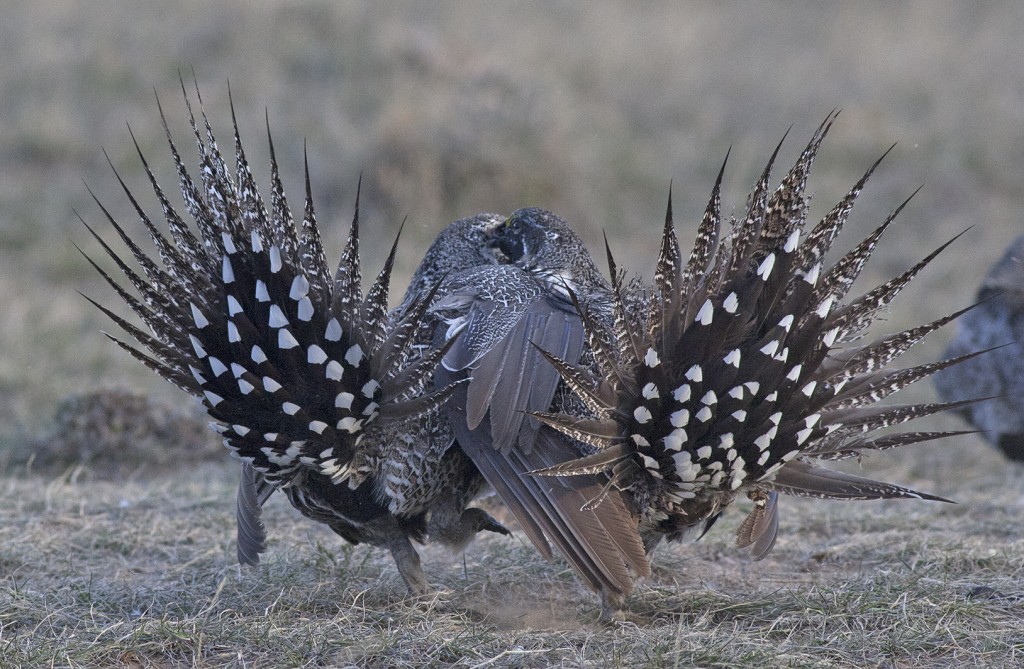THANK YOU, MR. PRESIDENT AND LADIES AND GENTLEMEN OF THE COMMISSION FOR THE OPPORTUNITY TO SPEAK TO YOU TODAY.
My name is Chris Madson. I hold a master’s degree in wildlife ecology from the University of Wisconsin-Madison. I served six years with the Kansas Department of Wildlife and Parks, where I was exposed to management issues relating to greater and lesser prairie chickens. After that, I served thirty years with the Wyoming Game and Fish Department. I am a certified wildlife biologist with The Wildlife Society.
I think it’s fair to say that the community of wildlife professionals is nearly unanimous in its opinion that captive breeding greater sage grouse is a bad idea. Hard experience with a number of captive breeding programs lends weight to this view. Perhaps the best example of the pitfalls that plague captive breeding and reintroduction is the Attwater’s prairie chicken.
Wildlife managers began a captive breeding effort to save the Attwater’s prairie chicken in 1992. By 1996, the first year captive-bred birds were released to the wild, the population had declined to 42 birds.
The infusion of birds from the breeding program helped stabilize the population. In 2016, the count hit a modern high of 130 birds in the wild, but in 2017, the count was back to 42 birds.
The Attwater’s would almost certainly be extinct if it hadn’t been for captive breeding, but it’s also clear that 25 years of captive breeding and introduction of pen-reared birds have not been enough to move the Attwater’s prairie chicken out of danger— 42 birds in 1996; 42 birds in 2017. Right back where they started.
That’s what a captive breeding program looks like, and it’s why biologists suggest captive breeding only as a last resort when a species is in imminent danger of extinction.
Ladies and gentlemen of the commission, I am confident that Wyoming Game and Fish professionals can promulgate the best possible oversight program within the limits of this statute. In this case, the devil is NOT in the details— the concept of captive breeding itself is the problem.
Following the passage of this statute, the leaders of the Game and Fish Department had little choice but to make these recommendations. But you, ladies and gentlemen of the commission, have more latitude. You are the department’s governing body. Captive breeding in Wyoming cannot proceed without regulation. If you do not adopt regulations this year, you allow the people of the state to more fully consider the wisdom of captive breeding sage grouse.
Frankly, this law is a classic example of political interference in a highly complex technical field. Your vote against captive breeding regulations is a vote in support of biology over politics in Wyoming’s wildlife management.

Leave a Reply
You must be logged in to post a comment.